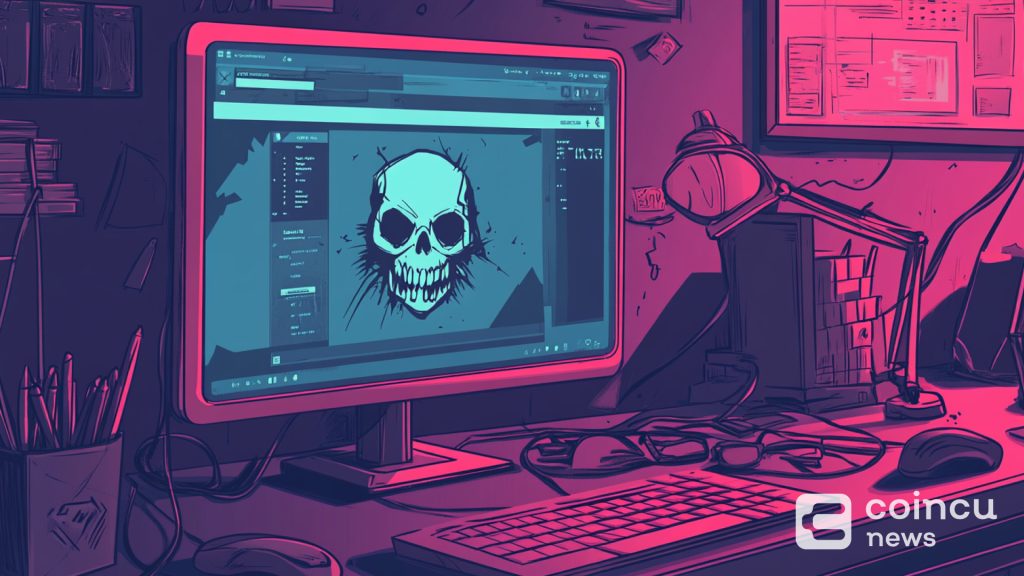Key Points:
- Ambient Finance suffered a DNS attack, allowing hackers to redirect users to malicious links to steal digital assets.
- The Ambient Finance hack utilized the Inferno Drainer malware, raising ongoing security concerns in the rapidly evolving industry.
Ambient Finance, a Scroll-based DEX, was found to have suffered a significant cybersecurity breach when hackers compromised the domain through a DNS attack on October 17, 2024.

Read more: Tapioca DAO Attack Causes $4.5 Million Lost, TAP Token Value Plummets
Ambient Finance Hack Causes Platform to Issue Warning
The hackers seized unauthorized control of the Ambient Finance domain, embedding malicious links that compromised its integrity. The Ambient Finance hack involved users being sent to malicious links to steal their digital assets.
However, the latter acted very swiftly and managed to regain control over it, reassuring users that during this time, their smart contracts and funds were never in danger. The DEX stressed that while there was indeed a hack of the frontend part of the website, nothing terrible happened with the core infrastructure and on-chain contracts.
Ambient Finance warned users in a public statement not to interact with the website during the incident, stating they were working actively with security experts and their domain registrar to resolve the issue.
The malware employed in the Ambient Finance hack, according to security firm Blockaid, was the notorious Inferno Drainer, tailored for digital asset theft. They said that the command-and-control server at the origin of the attack was created just 24 hours prior to the breach.
Ramping Up Cyber Threats Point to Weak Points in the DeFi Sector
Ambient Finance is a decentralized exchange that was founded in 2021 and raised $6 million in seed funding last year with investors that included Blocktower and Circle Ventures. The Ambient Finance hack continues an unfortunate series of escalating cyberattacks on DeFi and crypto protocols with obvious persistent security vulnerabilities in the rapidly growing sector.
In recent months, such attacks have increased, raising alarms over digital assets’ security. Systems previously considered impenetrable to malware outbreaks are starting to take in water.
| DISCLAIMER: The information on this website is provided as general market commentary and does not constitute investment advice. We encourage you to do your own research before investing. |






















